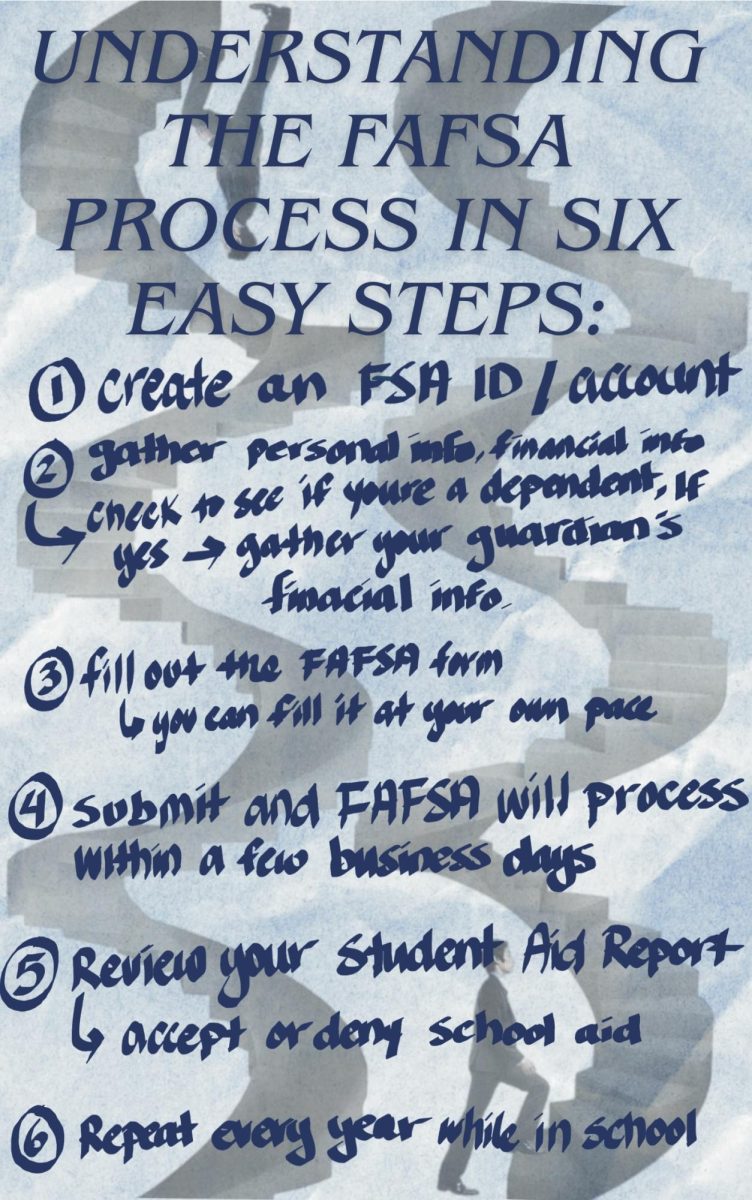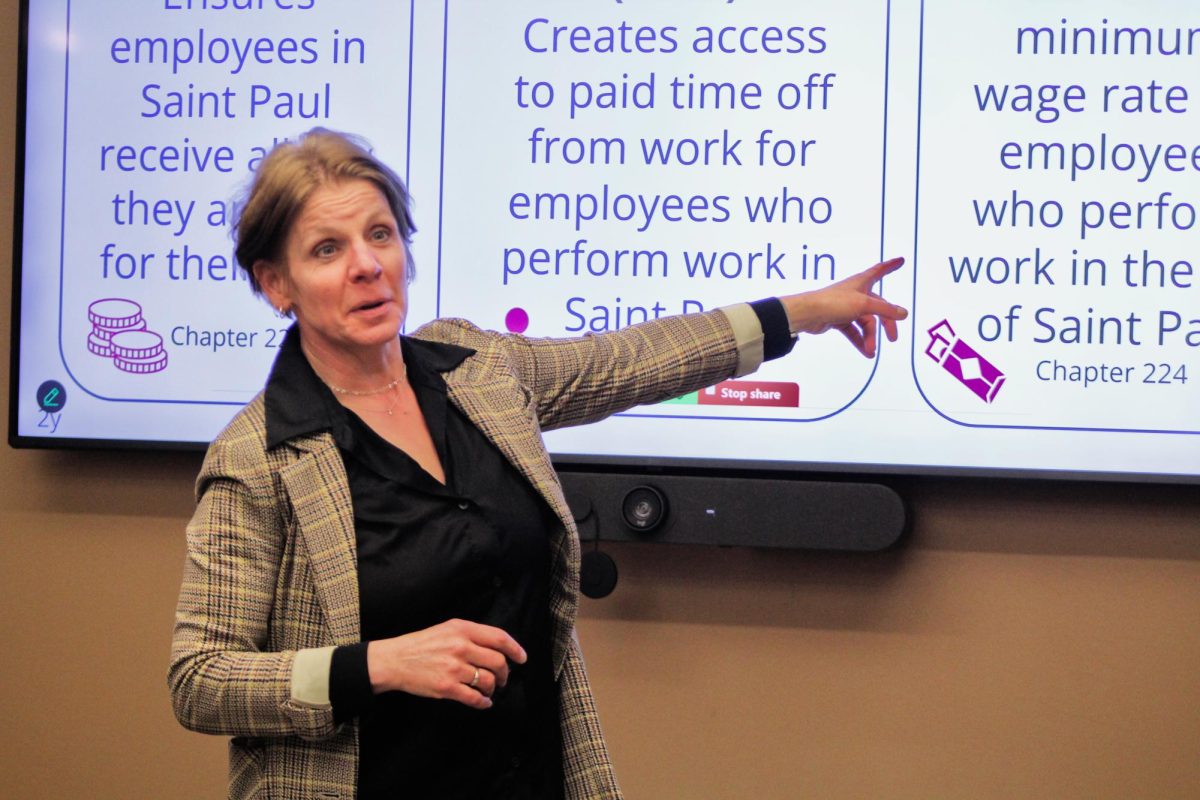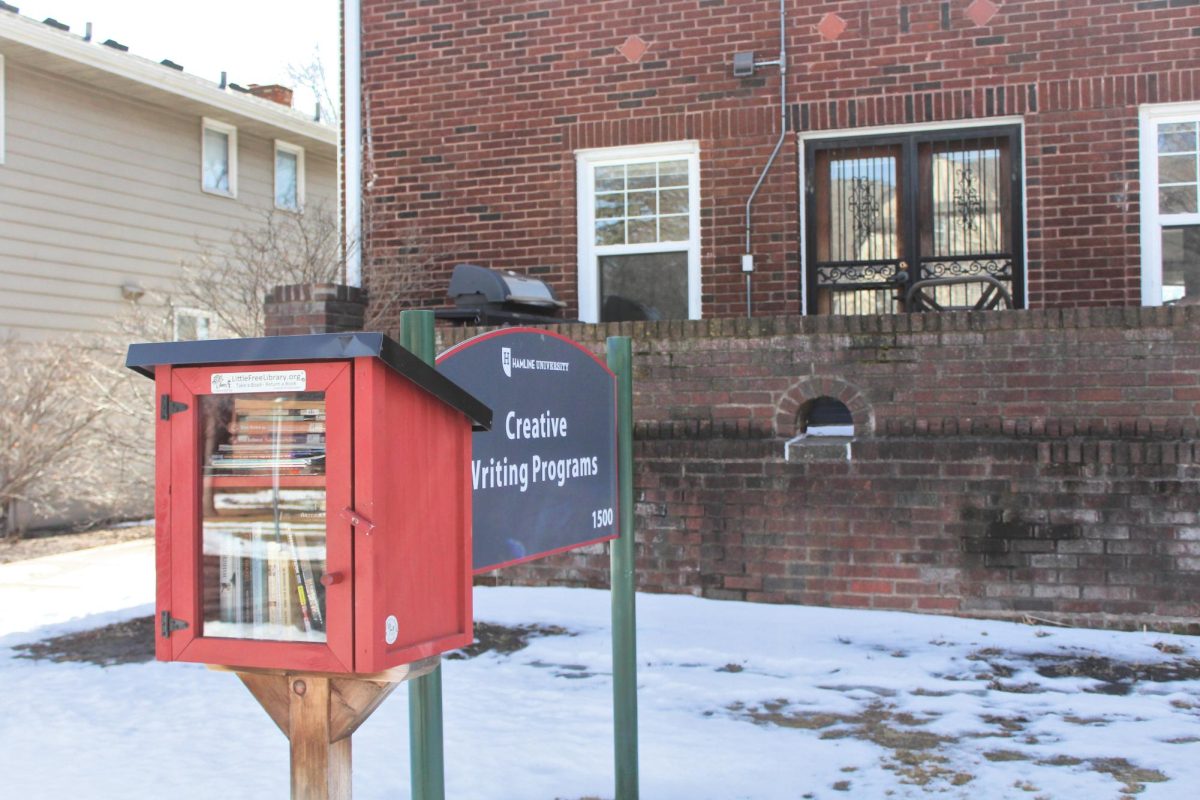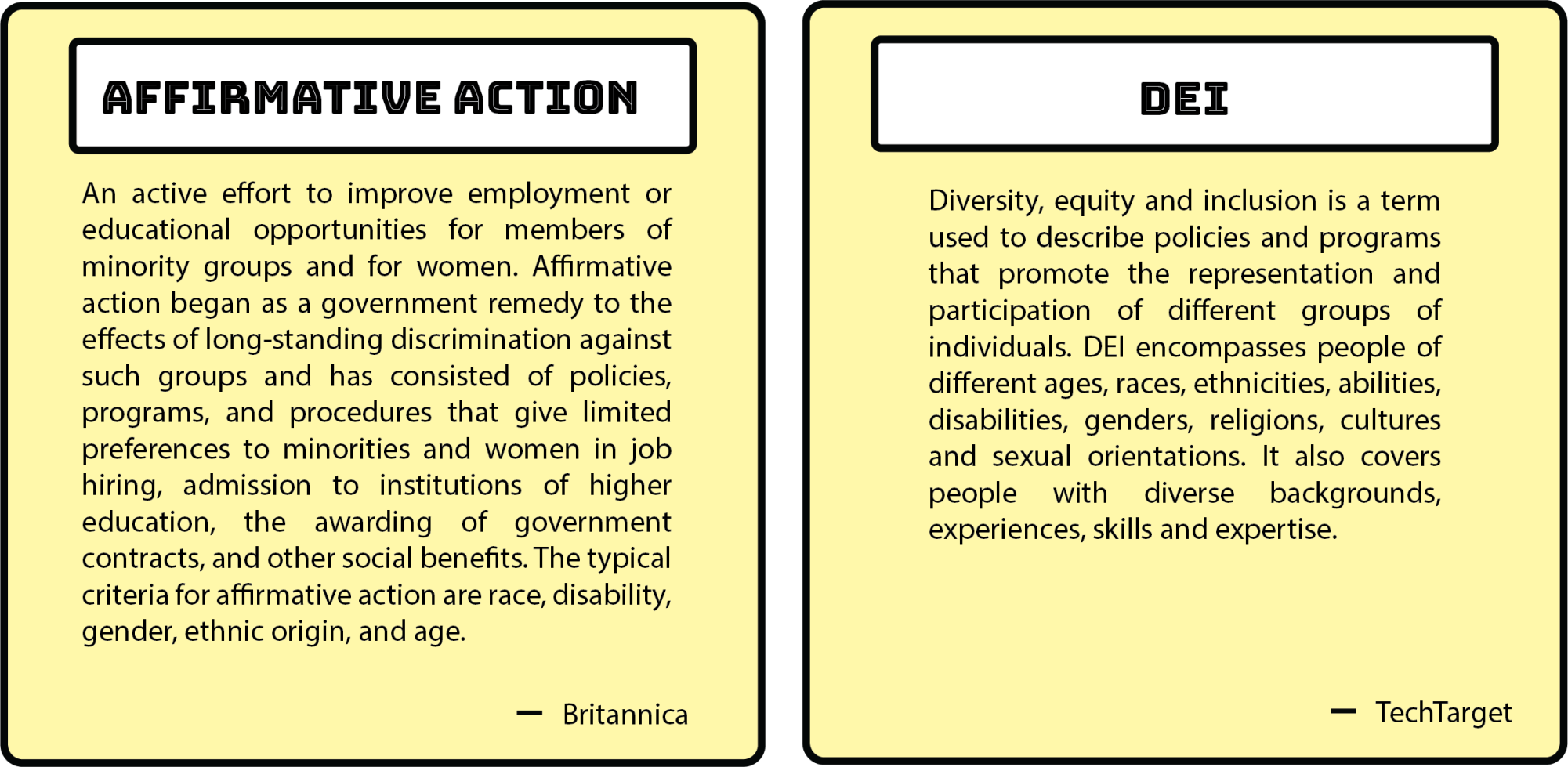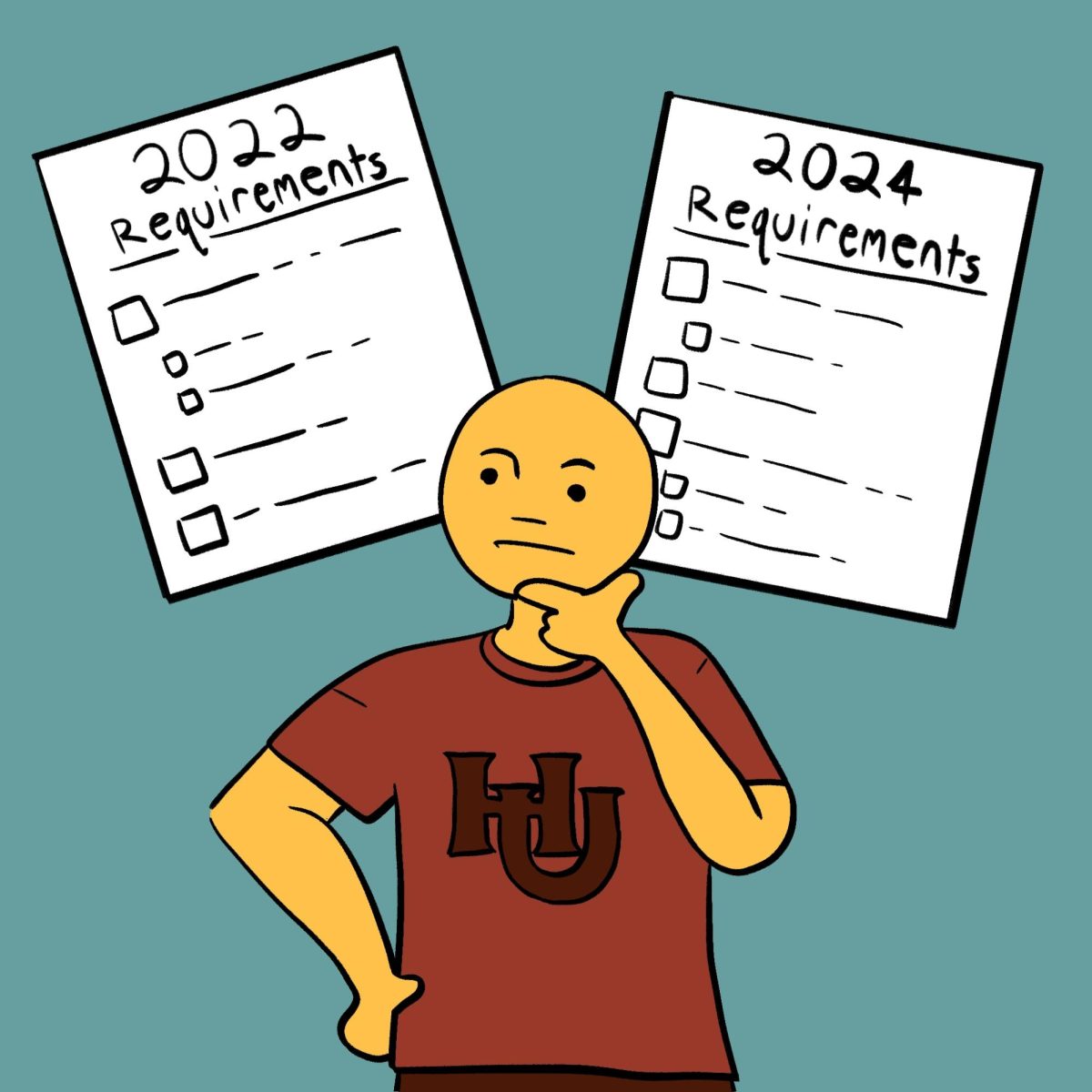For college students, the question of financial aid is a pressing one. Hamline boasts that over 95% of students receive financial aid. A key player for this financial support is the Department of Education, which oversees the administration of federal student aid, the promotion of educational equity, the enforcement of federal education laws and supports state and local education systems.
On March 20, 2025, President Donald Trump signed an executive order ordering the closure of the Department of Education and to return authority of education back to states. A bill has been introduced into Congress to dismantle the Department, but it has yet to pass through the House and Senate.
“Closing the Department does not mean cutting off funds from those who depend on them — we will continue to support K-12 students, students with special needs, college student borrowers, and others who rely on essential programs,” Secretary of Education Linda McMahon said in a press release on March 20.
Many college students rely on funding provided by the Department of Education to afford higher education. According to the Integrated Postsecondary Education Data System (IPEDS), 61% of students at Hamline benefit from federal loans, with an average award of $6,586 and 40% have been awarded a Pell Grant. A press release from the Department of Education on March 11, before the executive order was signed, assured these forms of federal aid would be maintained.
“The Department of Education will continue to deliver on all statutory programs that fall under the agency’s purview, including formula funding, student loans, Pell Grants, funding for special needs students and competitive grantmaking,” the press release said.
It is unclear as of the time of publication what the future of federal financial aid will look like. Hamline is monitoring the situation through the university attorney, Cathy Wassberg, who tracks the executive orders and judicial injunctions that could impact higher education, daily updates from the National Association of Student Financial Aid Administrators (NASFAA) and at the state government level with the Minnesota Private Colleges Council. Hamline does not have a specific protocol in place to address a change in federal financial aid. Vice President of Enrollment Management Mary Jensen assured that should issues arise, Hamline would be supported by other colleges across the country facing the same issues.
“It would be a concerted effort, Hamline would not be alone … it is not that we are not thinking about what we might do, but we have not put any protocols in place at this point because we do not know what we would be responding to,” Jensen said.
Changes in federal financial aid would not be the first time Hamline has had to deal with shifts in the outside aid students receive to be able to afford college. In June 2024, many college students learned they would not be receiving as much state aid through the state grant for the 2024-25 school year as they had been told in December 2023. This left many students scrambling. Hamline filled in 80% of the gapthat students faced to mitigate the effects of the underfunding of the state grant. However, this adjustment Hamline made will not be carried into the 2025-26 school year. Jensen explained it can be difficult to balance out student and institutional financial needs.
“We walk this very narrow, tightrope of institutional sustainability and student affordability. You don’t want to favor the institution to the point it becomes a retention issue for student,s but also can’t give so much money to students that we cannot pay our employees, for example,” Jensen said.
If the federal and state financial aid falls short, comparable to last year, Hamline will reassess what it can afford to help students afford Hamline. However, on the state level, there has been expressed support for higher education funding. On Friday, March 28, the Minnesota Senate Democrats released the Senate’s budget target for the 2025 legislative session, which includes a $100 million increase for higher education for the biennium beginning on July 1, 202,5, stretching until June 30, 2027.
As executive orders are being signed and issued, the future of federal financial aid remains uncertain. Jensen believes Hamline is prepared to adjust to potential difficulties in the near future.
“We are working really hard to be aware and prepared without being reactionary, so I think students should feel assured that we are on top of what is happening. We are constantly looking at how this is going to impact students, how this is going to impact Hamline and are ready to make nimble decisions when we need to,” Jensen said.

